Bonefishing, Be Quiet on the Bow: Video
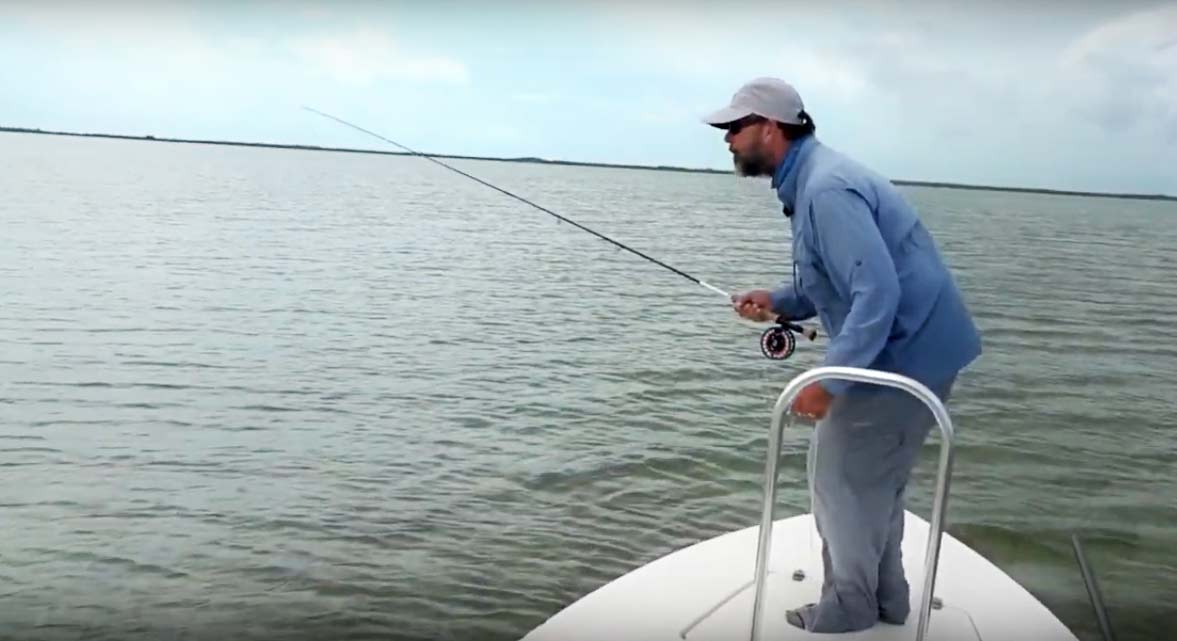
by Louis Cahill
Stealth may be the most important element in bonefishing.
Bonefish have amazing hearing. Their lateral line is incredibly sensitive to any vibration or displacement of water. An angler who makes noise on the bow, or rocks the boat, isn’t going to get many good shots.
I always fish in socks to insure my feet are quiet on the bow. Still there are other precautions you have to take. How you move around is as important as your footwear.
IN THIS VIDEO I SHOW YOU A FEW TIPS ON HOW TO STAY QUIET ON THE BOW WHEN BONEFISHING.
Read More »Hyperfocal Focus
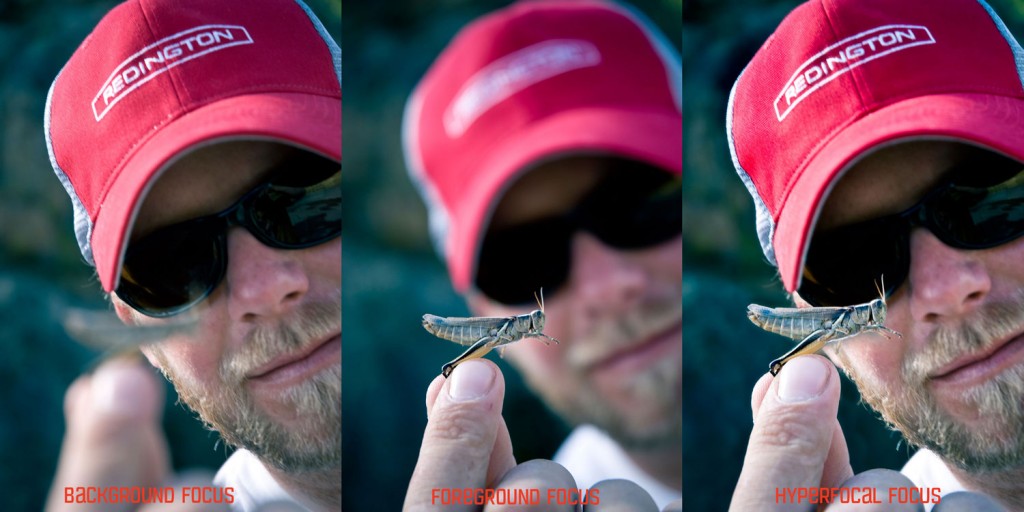
Sometimes to get it all in focus, it has to all be out of focus.
Shooting photos you often find yourself wanting an object in the foreground and an object in the background both in focus. This can be a frustrating situation. Inevitably, focusing on either the foreground or the background leaves the other out of focus. There is a way to make it happen but it requires putting on your thinking cap.
It’s called hyperfocal focus and yes there’s going to be math, sort of. You may have noticed that on the barrel of your DSLR lens there is a scale that shows how far from the camera your point of focus falls. That tool is handier than you might think. Here’s how you use it to get the shot.
First focus on the foreground object that you want sharp. At this point it doesn’t matter whether you use auto of manual focus. Take a look at the scale. Let’s say your foreground focus is at three feet. Now focus on the background object that you want sharp. Let’s say it’s at nine feet. We now know we need to carry six feet of focus.
That six feet of sharpness is called depth of field or DOF. Literally the depth of our field of focus. We control the DOF with our aperture. Smaller apertures like F16 or F22 carry a wider DOF. Larger apertures like F2.8 or F4 have narrow DOF. If you’re confused don’t panic. Stay with me. The higher the F# the smaller the aperture. It’s a mathematic formula and I could explain it but it’s not important for this exercise and it’s frankly too much information.
So what we need is an F# that will carry six feet of DOF. Now it’s time to set your camera to manual focus! if you spent a whole lot of money on your lens it may have a scale that shows you the DOF for each F#. If so, that’s great. Choose an F# and set your focus so that three feet and nine feet fall between the brackets. If you don’t have the scale, don’t panic, just set your lens for the highest F#. If you want to get really technical, consult this nifty DOF calculator.
OK, I promised math so here it is. The thing about DOF is it’s a geometric progression. That means that as you increase your DOF by stopping down your aperture, you get twice
Read More »New Sightline Provisions Dog Collars and More: Video
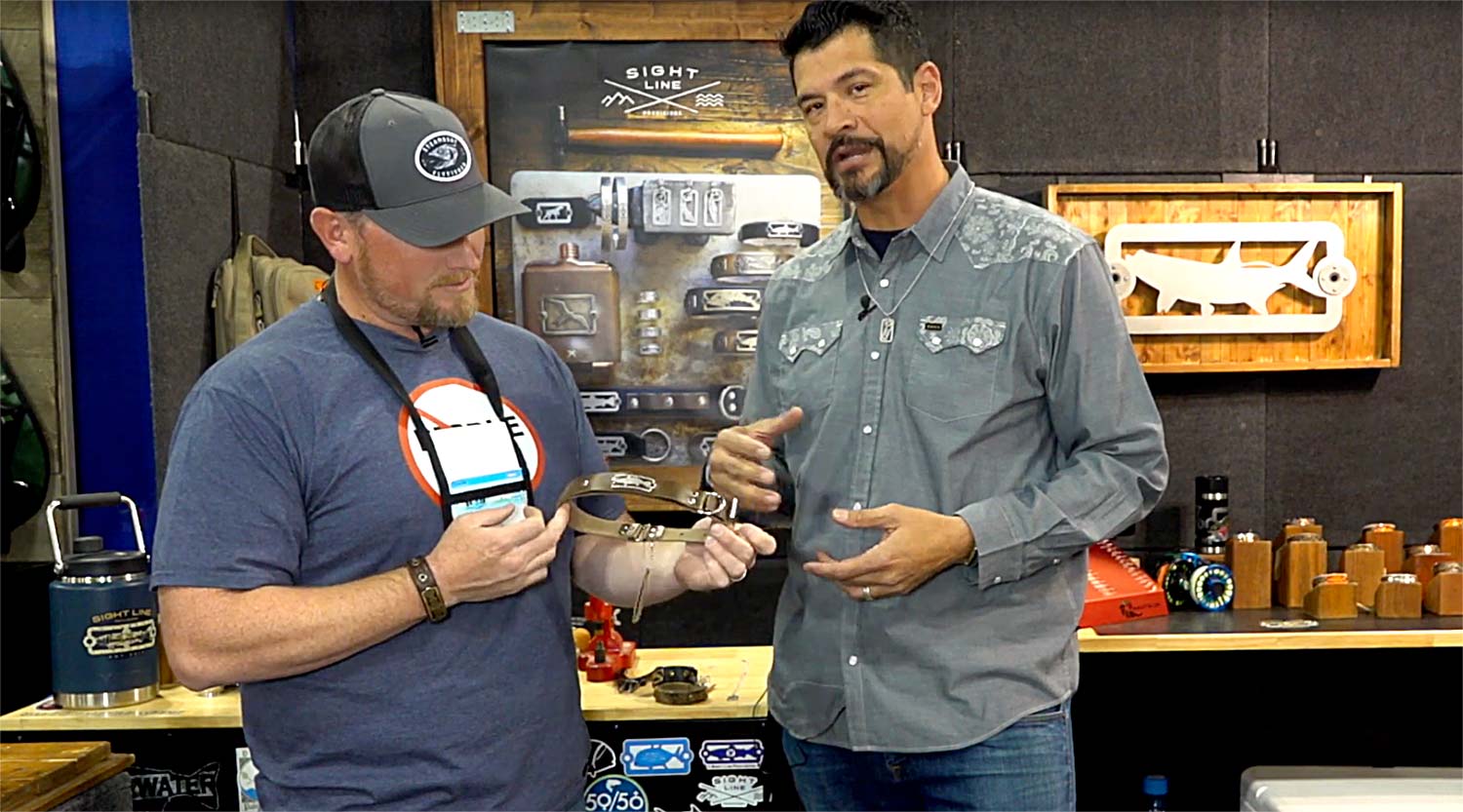
I’m pretty excited about the new Sightline Provisions Dog Collars!
My Josie was an early adopter. Her SLP color sported a permit badge. Permit is her nickname because no one can catch her. It’s the coolest dog collar I’ve ever seen. Dogs aren’t the only ones getting cool new stuff though. There are pendants, rings and cool new designs.
WATCH THE VIDEO TO SEE ALL THE COOL NEW FLY-FISHING ACCESSORIES FROM SIGHTLINE PROVISIONS.
Read More »Choosing a line for your switch rod Part 2: Choosing a line
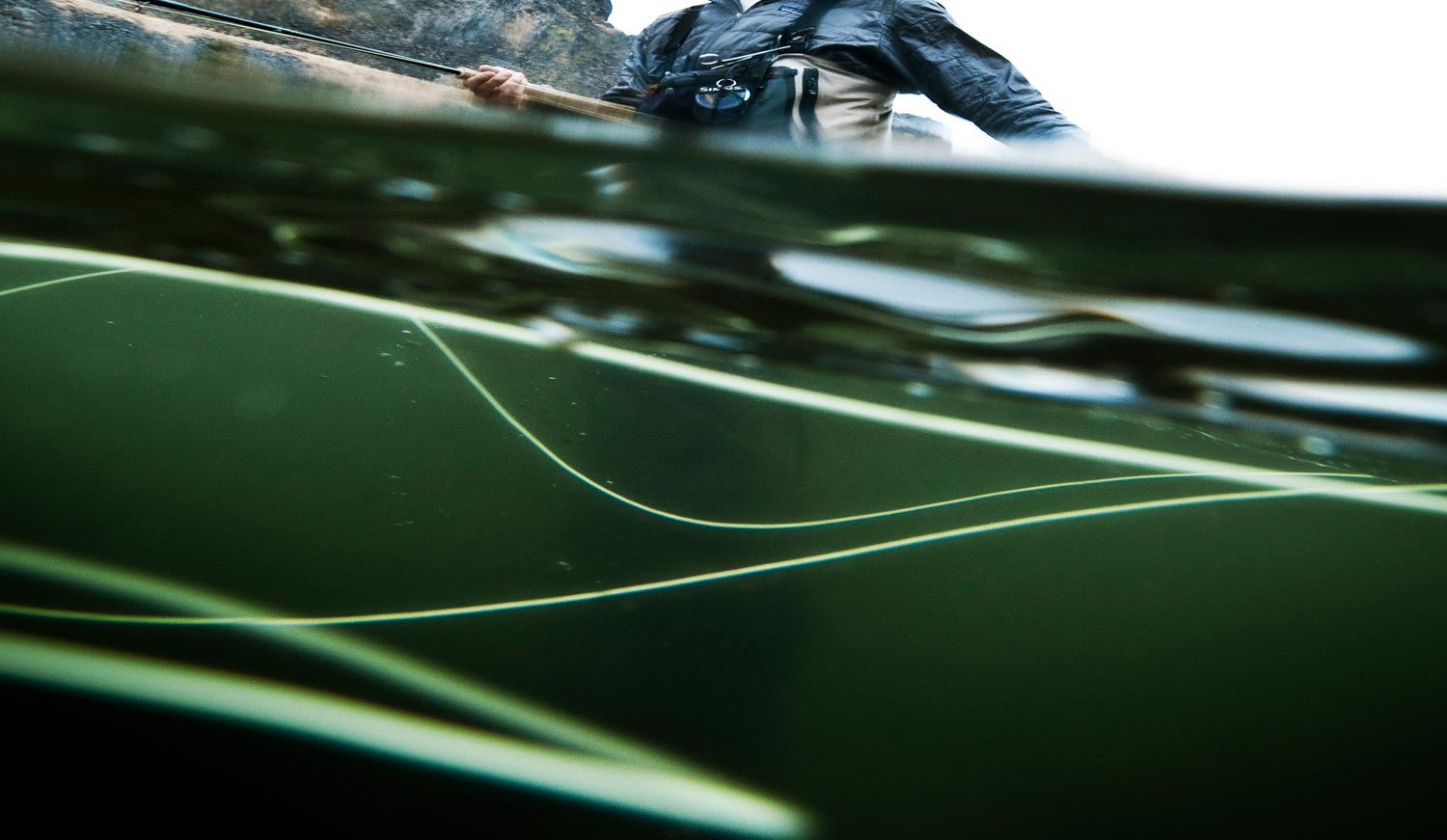
Before we talk about specific lines and how they fish, let’s take a minute to understand the switch rod. If you have not read “Part 1: Understanding lines and line tapers” you can find it HERE. I think you will find the information helpful. The switch rod is a product of evolution. A decade ago the average length of a two- handed rod was 14 feet and the average line weight was 9. As two-handed casting has become more popular and its application more varied, the average two-hander has become shorter and lighter. The modern two-hand rods are less fatiguing, beautifully balanced and more versatile, allowing Spey-style casting in tighter casting situations. The switch rod adds to this adaptation the option of single-hand casting and high sticking. Things that couldn’t be accomplished with longer heavier rods. This makes the switch rod the most versatile rod ever made and the most confusing. It is a rare angler who uses their switch rod in every application it can handle. A switch rod is really a short, light weight Spey rod. Although it will accommodate overhand casting, even with traditional lines, its taper is designed for two-handed Spey casting. Therefore, in most applications, it will perform its best with a line designed for two-handed casting. When matched with the right line switch rods are not only versatile but incredibly effective. A lot of switch rods spend their lives in the closet because they got matched with the wrong line. Often, folks coming from a single-hand casting background will set their switch rod up with a traditional line for single-hand overhead casting and find that it performs poorly. This is because the rod is under lined and it’s an easy mistake to make. Switch rod and Spey rod weights are rated on the AFTTA … Continue reading
Read More »Fly Fishing Alpine Lakes
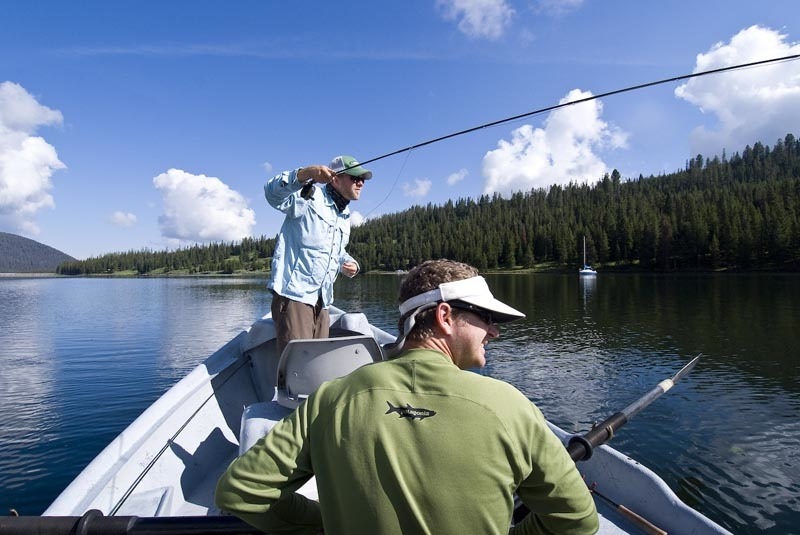
Fly Fishing on alpine lakes for trout has become one of my favorite ways to spend a day on the water.
There’s something really special about making long accurate casts to rising trout on the move. It’s very much a team effort between the fly angler and the oarsman. Often you can’t just sit in one spot and expect to get shots at rising trout. More times than not the oarsman has to stealthily row along with the cruising fish, pacing himself with the trout and their heading, so the angler can make a pin point cast just ahead of the trout.
Cutthroat Trout Release on a Montana Alpine Lake
Timing the rhythm of the trout rising is a key success factor for the angler as well. Get on the water early for the best dry fly fishing. Once the sun gets up high in the horizon most of the trout will stop feeding on top and move to deeper water. They do this for two reasons.
Bonefishing, Make a Tight Line Presentation: Video
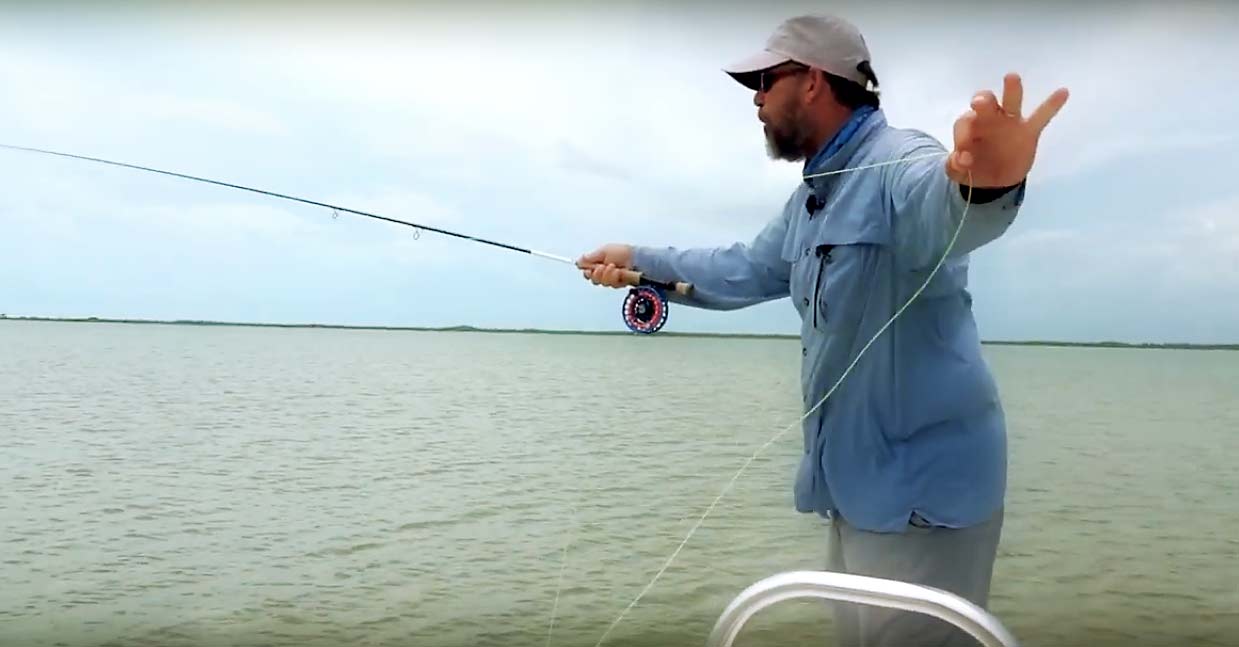
By Louis Cahill
One of the most important skills for a saltwater angler to master is the tight line presentation.
It’s important, in any saltwater fly fishing situation, that when the fish first sees your fly it’s moving in a lifelike manner. That can’t happen if there is slack in your line. You have to learn how to control your running line and make a slack free presentation.
IN THIS VIDEO I TALK A LITTLE ABOUT THE THINGS THAT CAN GO WRONG AND HOW TO SET YOURSELF UP FOR SUCCESS WHEN YOU MAKE A PRESENTATION TO A BONEFISH.
Read More »Fly Fishing: 6 Sight-Fishing Tips for Shallow Water Trout
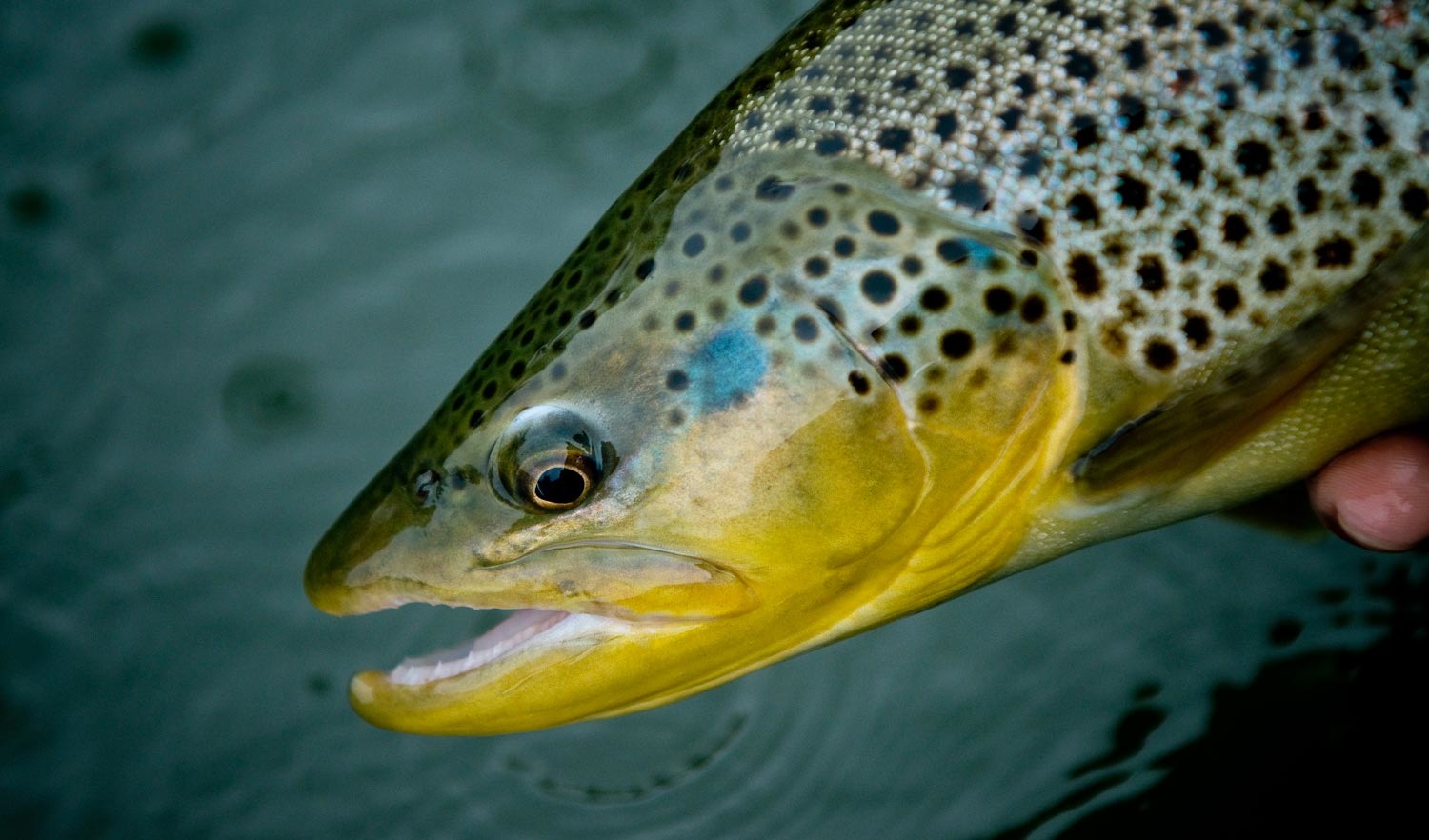
Fly fishing during the fall and winter months can really open the door to some great sight-fishing opportunities for fly anglers targeting trout. Generally, most of our wadable trout streams run low and clear from the lack of rainfall this time of year. If you keep your eyes peeled for trout and wade with extra stealth, there’s always a good chance to sneak up and sight-fish to the biggest trout of your life. With the brown trout moving up many watersheds in preparation for the spawn, and the rainbows or cutthroats aggressively feeding to put on weight for the cold winter ahead, the fall can provide fly fisherman the best trout fishing of the year. My clients and I catch some of our biggest trout during the fall and winter by wading in close to the big trout we’ve spotted and then making precise presentations to our targets. That being said, just because you can see the trout, doesn’t mean they’re always easy to catch. Some days, the trout will make you want to pull your hair out as you painfully watch your flies ignored over and over, as they drift within inches of the trout you’re sight-fishing to. Below are six tips to help fly anglers catch more shallow water trout while sight-fishing during the fall and winter months.
Read More »The New Orvis Pro Approach Wading Shoe: Video

The new Orvis Pro Approach Wading Shoe goes where no shoe has gone before.
If you’re like me, you do a lot of wet wading. Some of it in the river when summer temps make waders miserable, and some of it on the flats in saltwater. The new Pro Approach Shoe from Orvis goes everywhere you want to fish in comfort and with great traction.
CHECK OUT THE VIDEO FOR ALL THE DETAILS ON THE ORVIS PRO APPROACH WADING SHOE.
Read More »Bonefish School Report
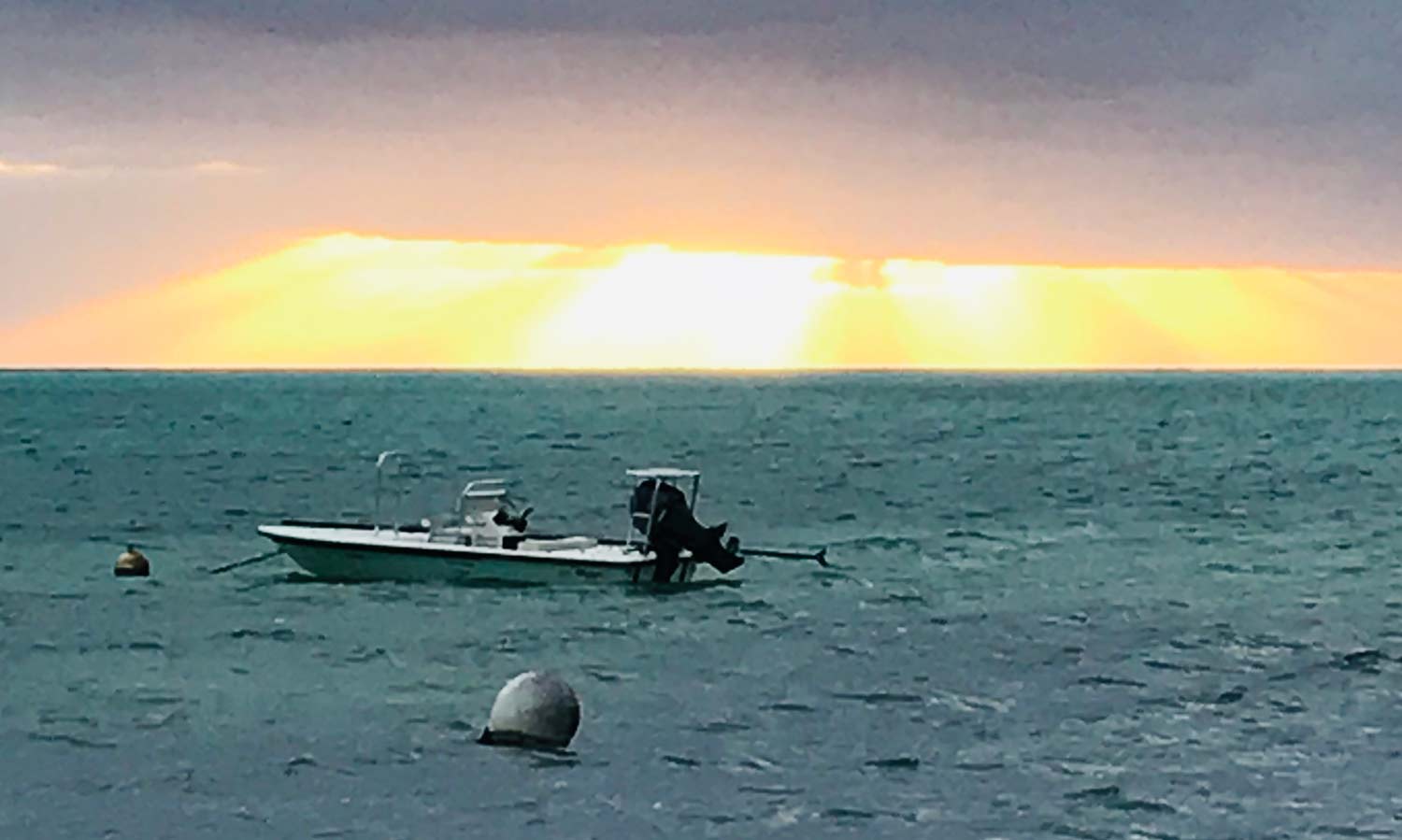
By Louis Cahill
It is impossible to overstate how excited I am to be back in the Bahamas.
I’m currently at Bair’s Lodge for three weeks, teaching the Bonefish School. It wasn’t 100% clear that I would be ab;e to come until right before Christmas. Getting the thumbs up from my doctor was a pretty good Christmas present. Being here with 33 great anglers from around the world would be a honor at any point, but right now its a real blessing.
I’m taking it pretty easy. I stayed behind today to rest. My eye was getting irritated but a few steroid drops and a nap seems to have worked wonders. I feel sure I’ll be back in the saddle tomorrow.
I’M HAPPY TO REPORT THAT I AM CATCHING, AND MORE IMPORTANTLY, SEEING SOME BONEFISH!
I have a whole host of new challenges to be sure, but I’m working through it and having a blast. It’s strong medicine, being able to do the things I love. Bonefishing, and helping folks become better anglers. I even shot a few new videos today so those will be on the site before long. Thanks for all of your patience.
2020 is shaping up to be another great season here on South Andros. Being here, it’s almost hard to remember how devastated parts of the Bahamas are from Dorian. South Andros remains untouched and the fishing has been great. We are seeing lots of big fish, although no one has hit the 10 pound mark yet. Well, we’re only tree days in and those fish are here in good numbers. It’s just a matter of time.
Last night we were working on casting on the beach when huge shark swam by just fifteen feet off the shore. That got everyone really excited. A couple of the guys decided they’d be taking their swimsuits home unused.
Read More »Big Fish Require Slow Hook Sets On Top
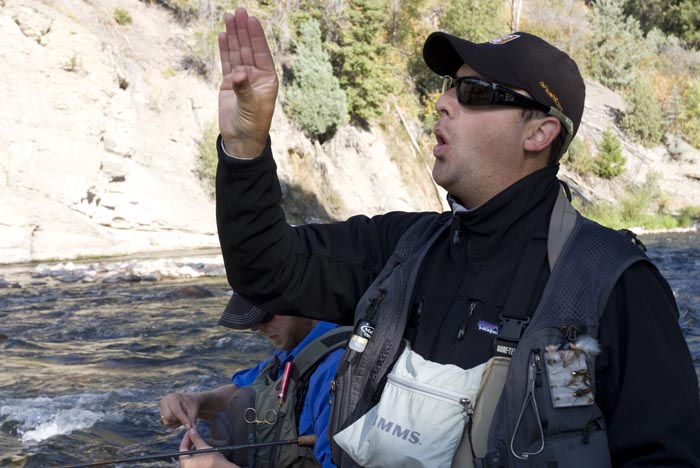
If any of you have fished for cutthroat trout with dry flies you know most of the time you need to wait a good while on the hook set.
The first time I fished for cutthroats I missed many more takes than I care to share. Cutthroat trout are known for their slow motion rises, and if you set the hook too quick, you’ll end up just pulling the fly out of the trout’s mouth.
Just like cutthroat’s, big rainbow and brown trout also require you to count, 1 Mississippi, 2 Mississip…in your head before you set the hook to ensure consistent hook ups. If you can still see the fish eating your fly you need to wait longer. A big trout comes up, opens it bucket mouth, and usually doesn’t close it fully until it’s submerged completely below the surface. And if a fish is chasing after and eating your dry fly moving downstream, you have to wait even longer.
Read More »